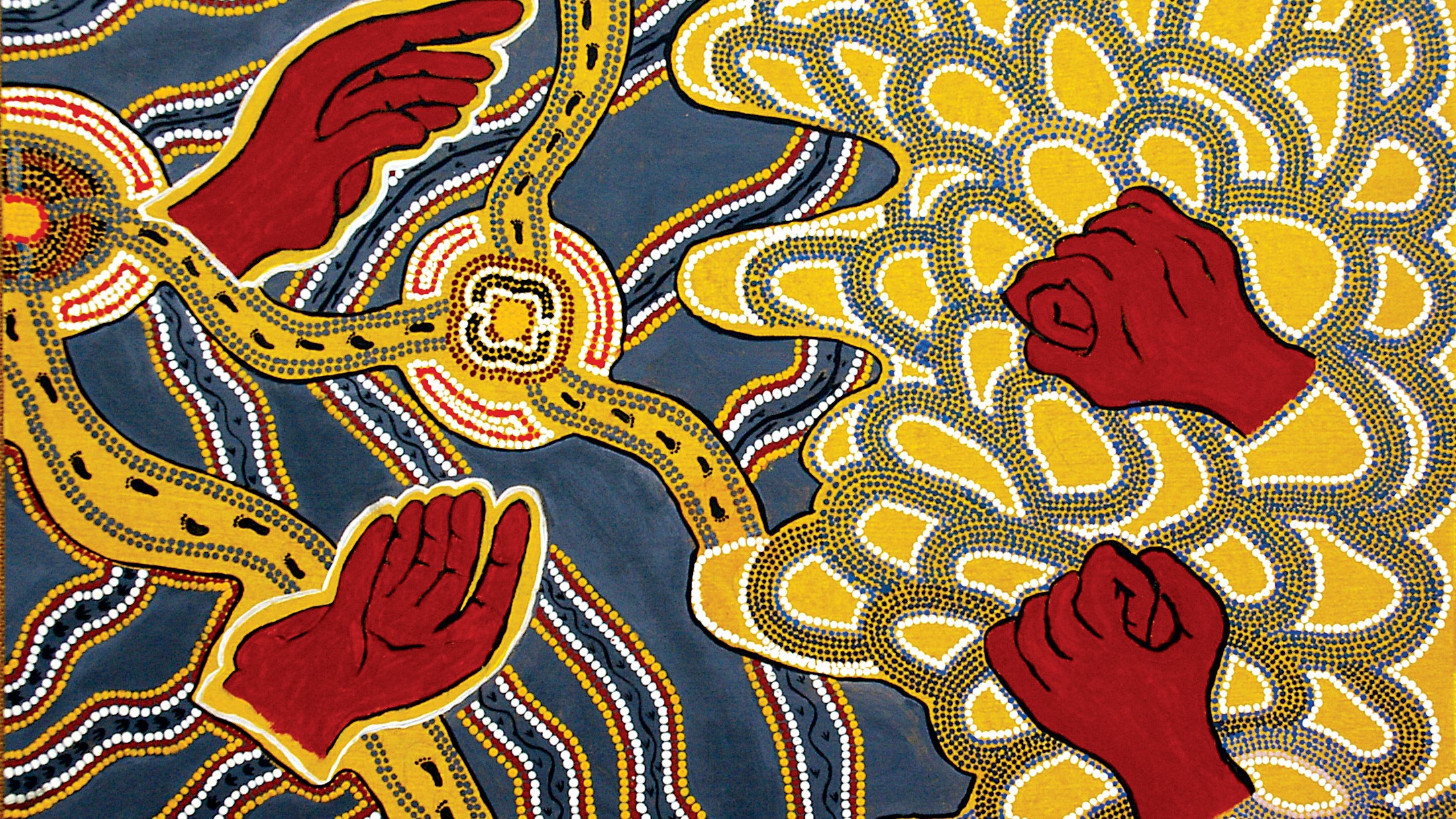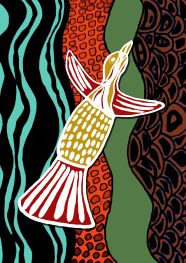
2021 Seminars
Loading...
Presentation Type
Presentation
Location
The University of Notre Dame Australia, Broome Campus
Start Date
24-11-2021 12:30 PM
Description
In September 1820, Lieutenant Phillip Parker King’s hydrographic survey vessel His Majesty’s Cutter Mermaid was leaking badly and in danger of sinking. King careened his cutter in a sheltered bay on the north-west Kimberley coast, now known as Careening Bay. During their stay, the ship’s carpenter inscribed ‘HMC MERMAID 1820’ on a large boab tree behind the beach. Two hundred years later, it is difficult to visualise the courage, skill and ingenuity of the Mermaid’s officers and crew in their unassisted maritime survey work on remote parts of the Australian coast. Likewise, the hardships they endured. But the importance of Careening Bay in Western Australia’s science and conservation history and the role of the Mermaid’s Indigenous and non-indigenous crew members, is being recognised and honoured. The significance of the nautical charts prepared and plant and animal specimens collected on King’s voyages has often been overlooked but their discoveries are now being acknowledged. In King of the Australian coast, Marsden Hordern wrote: ‘Countless ships, guided safely through dangerous waters by his charts, have reached their desired havens.’ In this illustrated presentation I will talk about the Mermaid’s time at Careening Bay and highlight the importance to Australian exploration, contact with Macassan fishermen and of the role played by Indigenous and non-indigenous crew members and their contributions to science and humanity.
Recommended Citation
Kenneally, Kevin, "Two Centuries on: the iconic ‘Mermaid’ boab tree at Careening Bay in the Kimberley" (2021). Talking Heads Seminar Series. 11.
https://researchonline.nd.edu.au/nulungu_talkingheads/2021/schedule/11
Two Centuries on: the iconic ‘Mermaid’ boab tree at Careening Bay in the Kimberley
The University of Notre Dame Australia, Broome Campus
In September 1820, Lieutenant Phillip Parker King’s hydrographic survey vessel His Majesty’s Cutter Mermaid was leaking badly and in danger of sinking. King careened his cutter in a sheltered bay on the north-west Kimberley coast, now known as Careening Bay. During their stay, the ship’s carpenter inscribed ‘HMC MERMAID 1820’ on a large boab tree behind the beach. Two hundred years later, it is difficult to visualise the courage, skill and ingenuity of the Mermaid’s officers and crew in their unassisted maritime survey work on remote parts of the Australian coast. Likewise, the hardships they endured. But the importance of Careening Bay in Western Australia’s science and conservation history and the role of the Mermaid’s Indigenous and non-indigenous crew members, is being recognised and honoured. The significance of the nautical charts prepared and plant and animal specimens collected on King’s voyages has often been overlooked but their discoveries are now being acknowledged. In King of the Australian coast, Marsden Hordern wrote: ‘Countless ships, guided safely through dangerous waters by his charts, have reached their desired havens.’ In this illustrated presentation I will talk about the Mermaid’s time at Careening Bay and highlight the importance to Australian exploration, contact with Macassan fishermen and of the role played by Indigenous and non-indigenous crew members and their contributions to science and humanity.




